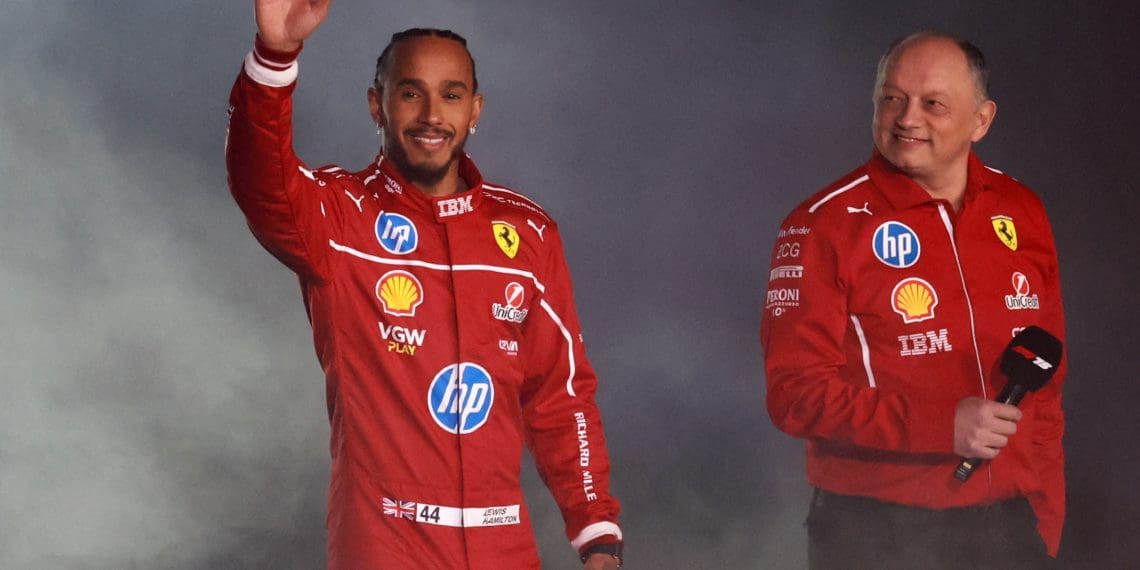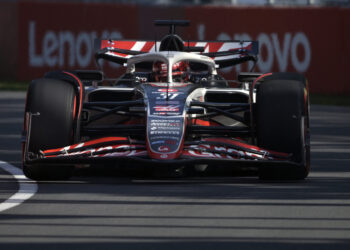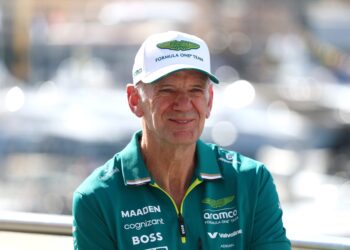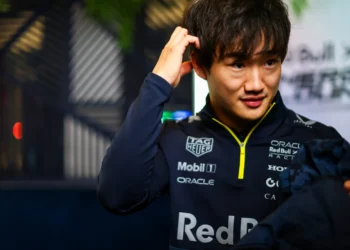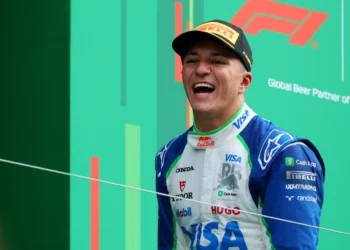Ferrari’s team leader, Frederic Vasseur, has indicated that the outfit’s strategic focus for the future will hinge on the results from the initial rounds of the 2025 Formula 1 season. The team, which narrowly missed out on the Constructors’ title in 2024, is on track to present a formidable challenge in the concluding season of the current rules framework.
Vasseur has revealed that the direction of the team’s development efforts for the forthcoming year will be determined after the first four or five races of the 2025 season. The team’s standing in the championship will directly influence the timing of this pivotal decision.
The team’s key player, Charles Leclerc, has highlighted a series of incremental improvements made to the SF-25, cumulating in a substantially altered concept. Among the notable changes is the transition from pushrod to pull-rod front suspension. This development, according to Technical Director Loic Serra, is aimed at creating additional space to enhance the car’s aerodynamic development throughout the season.
However, with significant regulation changes on the horizon for both aerodynamics and power units in 2026, Ferrari must be cautious not to exhaust its resources on the 2025 vehicle at the risk of being ill-prepared for the forthcoming regulations.
Vasseur suggests that if Ferrari is in a strong position after the opening rounds of the 2025 season, it will continue to allocate resources between the current year’s car and the development of the vehicle for the new regulations. Should the team underperform in the initial races, Vasseur sees little justification for further development of the SF-25. He has made it clear that regardless of the team’s ranking by the summer, the focus will shift entirely to the 2026 season.
Vasseur anticipates that Ferrari will be caught up in a year-long competition with rivals McLaren, Mercedes, and Red Bull, which will require careful management of development resources. He suggests that by mid-year, all teams will likely redirect their primary focus towards the 2026 season.
Providing a historical context, Vasseur recalls the previous regulation change at the end of 2021. Despite the impending changes, Mercedes and Red Bull continued to introduce upgrades in the final events. However, he firmly believes that further development of the current car after September or October would be futile.
Vasseur emphasizes the importance of reassessing the team’s position after the first few races of the championship. If the team lags significantly, it would be imprudent to continue current car development. Conversely, if they have a substantial lead, they can afford to dedicate more resources to the future. However, he dismisses both scenarios as unrealistic, predicting a continuation of the previous year’s close competition among the top four teams.

